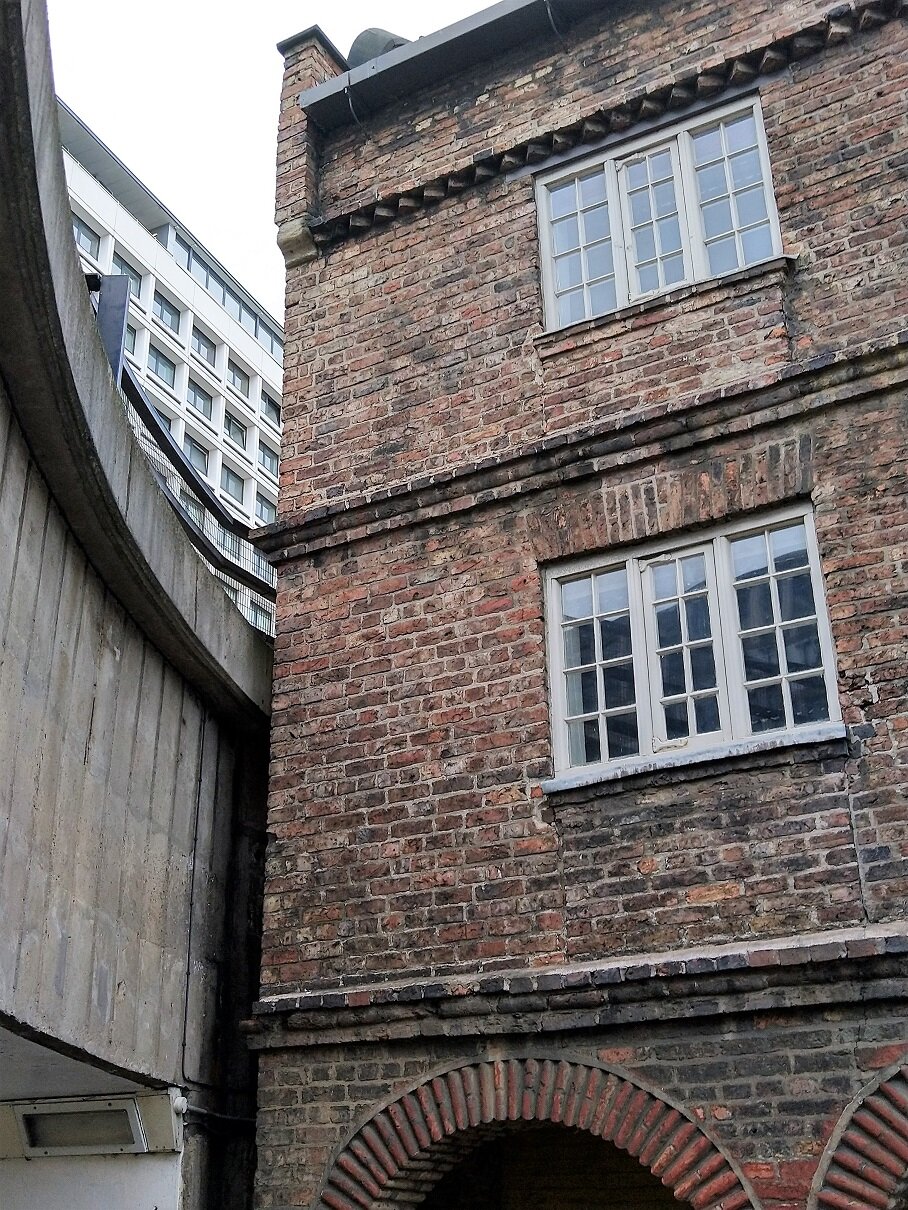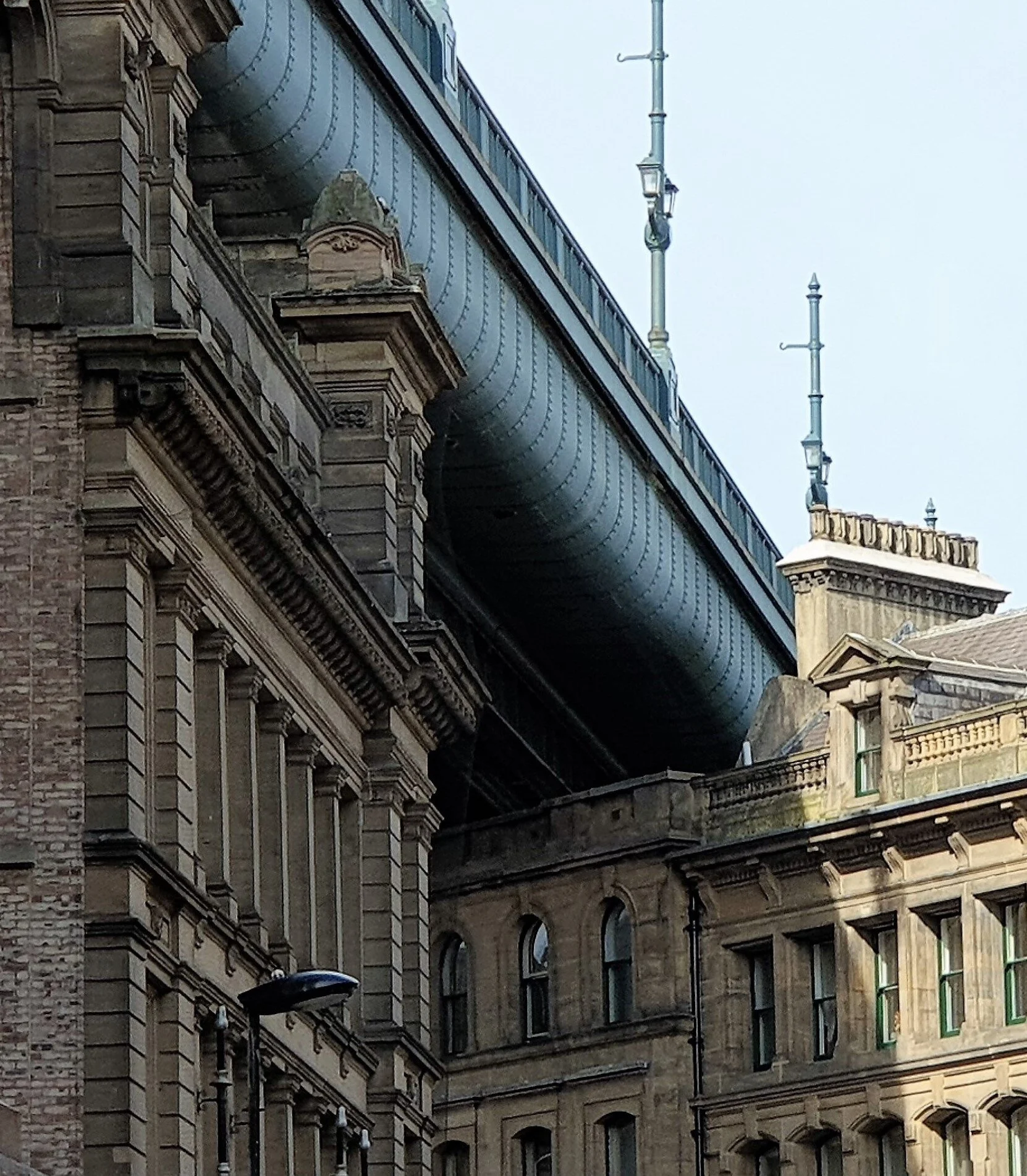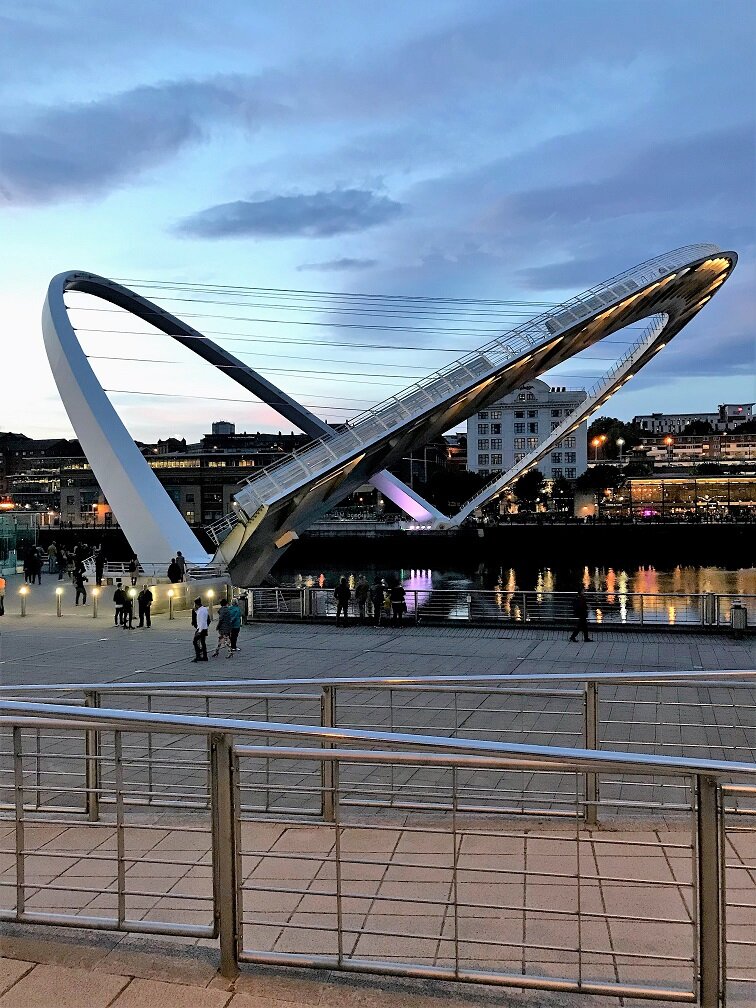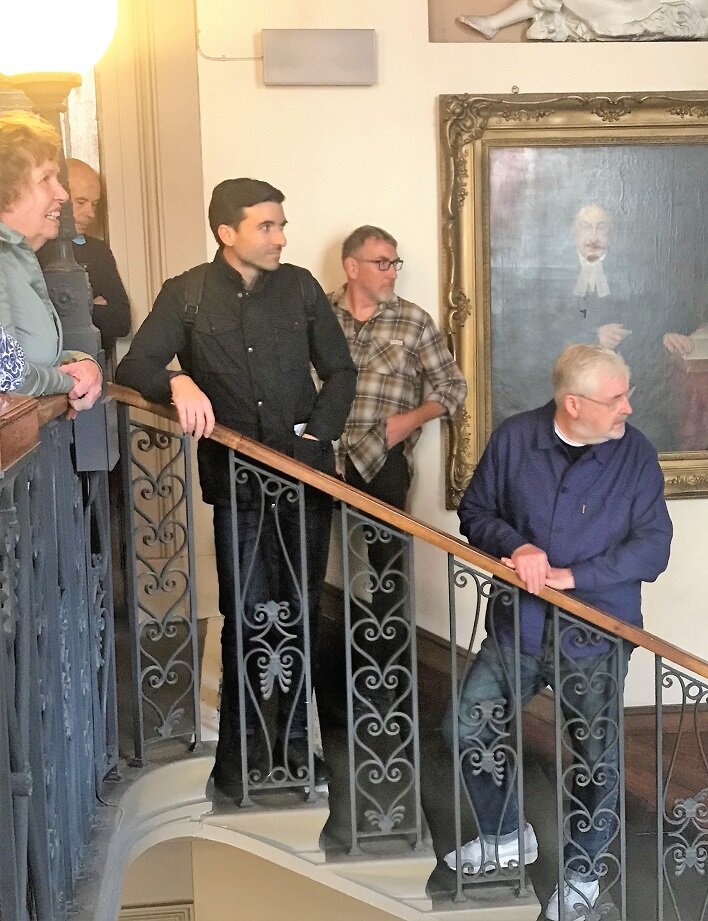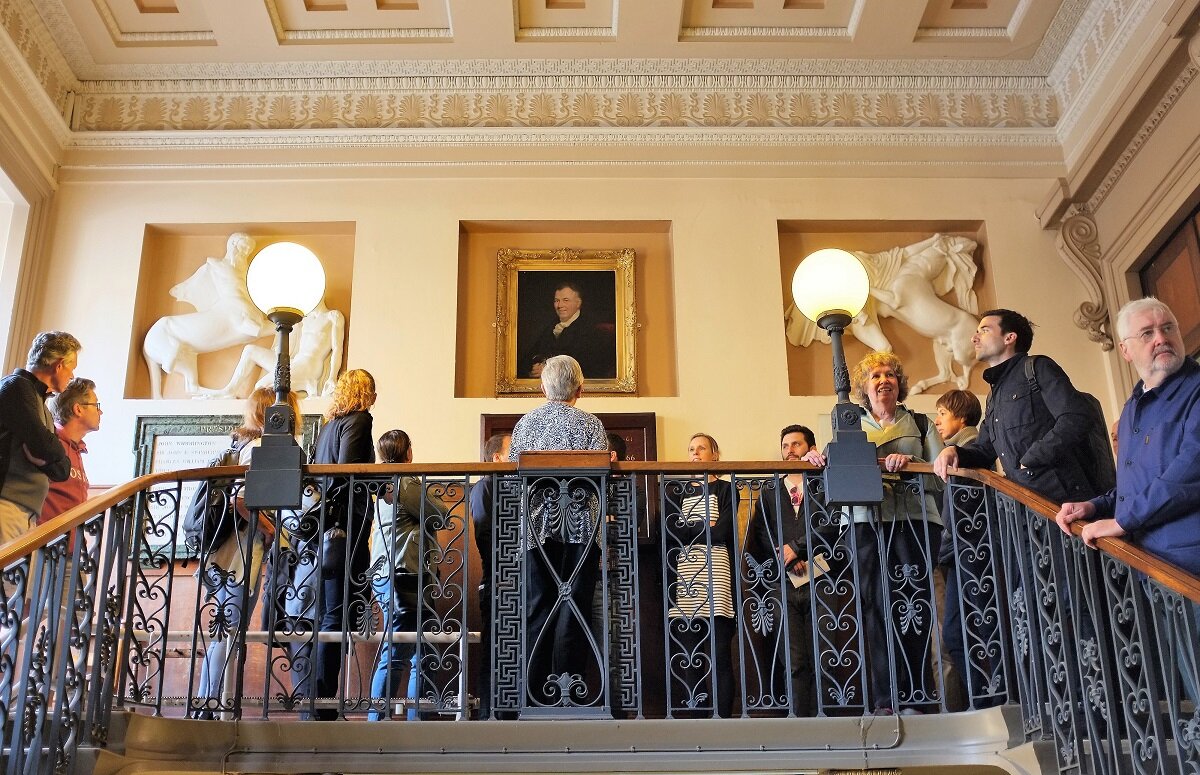AIA SUPER SATURDAY 2019, CAMBRIDGE: SUSTAINABILITY
Fiona Mckay
Who wouldn't choose to get-up early on a warm Saturday in July to travel to a village north of London to spend the whole day being talked at about sustainability and architecture for hours on end? It probably helped that the day began (and ended) with a variety of pastries to accompany the tankards of coffee and tea, with the intervening gaps filled by a seemingly never-ending buffet lunch; and the sprawling historic estate of St. John's College in the heart of Cambridge provided a more than tolerable backdrop to this feast of continuing professional development credits.
After the initial mountain of hot croissants, we began the day with a walking tour through the university town, skilfully navigating our way through the various tourist phalanxes with the help of our trusty guide and recent graduate of the University - Maria Capot. Through a mixture of anecdote, history, and ambiguous facts, we were taken through some key architectural works ranging from 1280 to 2018 - including a finalist for this year's AIA Design Awards. Before partaking of more croissants, we sampled a range of cuisines at a lavish buffet lunch back in the grounds of St.John's.
To distract us from the rather stodgy cooled pastries, Hero Bennett from Max Fordham thoughtfully took us through the architectural sustainability implications, challenges, and opportunities of the forthcoming New London Plan. Jumping from the scale of the city to that of the building, Oliver Smith from Fifth Studio then skilfully guided us through the intricacies of their exemplary renovation of the Grade I-listed eighteenth century Trinity New Court buildings next door, showing that highest sustainability standards can be met through careful design and execution. Max Kettenacker from Allies and Morrison then rounded off our afternoon of talks with an engaged discussion of the meanings and proliferating benefits of sustainable masterplanning, using their near two decades of work on King's Cross, London as a case study.
With notions of sustainability reconsidered from a range of angles and at a variety of scales - both physical and temporal - we forwent the less than appealing remaining croissants to experience an integrated sustainability approach in person at nearby Churchill College – a place famously described as 'the Blenheim (Palace) of the Welfare State' by Colin Rowe. Rory Corr of 6a Architects expertly walked us through the context, process, challenges, and realisation of their new Cowan Court accommodation block, showing that even on a tight budget innovative high quality sustainable architecture is more than achievable. With the magic hour providing some final Instagrammable moments, we then retreated to the riverfront for a refreshing drink (or three).
A common theme of the day was that we - as architects – are constantly shaping what sustainability means through our work, and that with commitment, imagination, and rigorous design, we can make a real and lasting difference. Perhaps we all knew that already, but being reminded of that important responsibility through the actions, words, and work of colleagues, was inspiring, and made a warm Saturday in July all the more memorable.
Huge thanks are due to the invaluable co-ordination of bookings and marketing by our AIA UK Chapter Executive Genie Khmelnitski; the ever-efficient financial management of our Treasurer Anna Foden; the strategic CES-navigation support of Bea Sennewald; the overarching input and coordination of our great leader President Amrita Raja; and all of the attendees for making it such an enjoyable day. We are especially indebted to all of our speakers for so generously giving up their time to so openly share their work, thoughts, and experiences.
[Attendees earned 7 HSW CES credits]
Event Organised and Hosted by Mark E Breeze

































